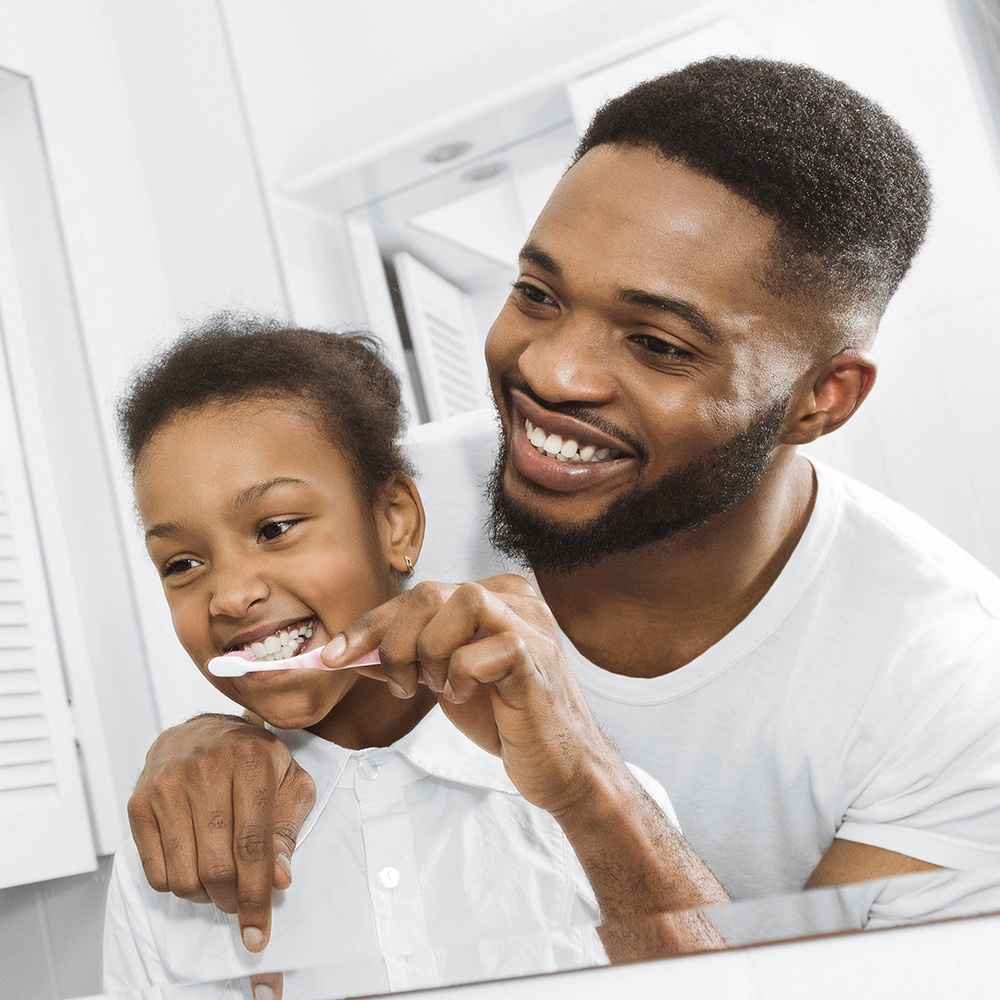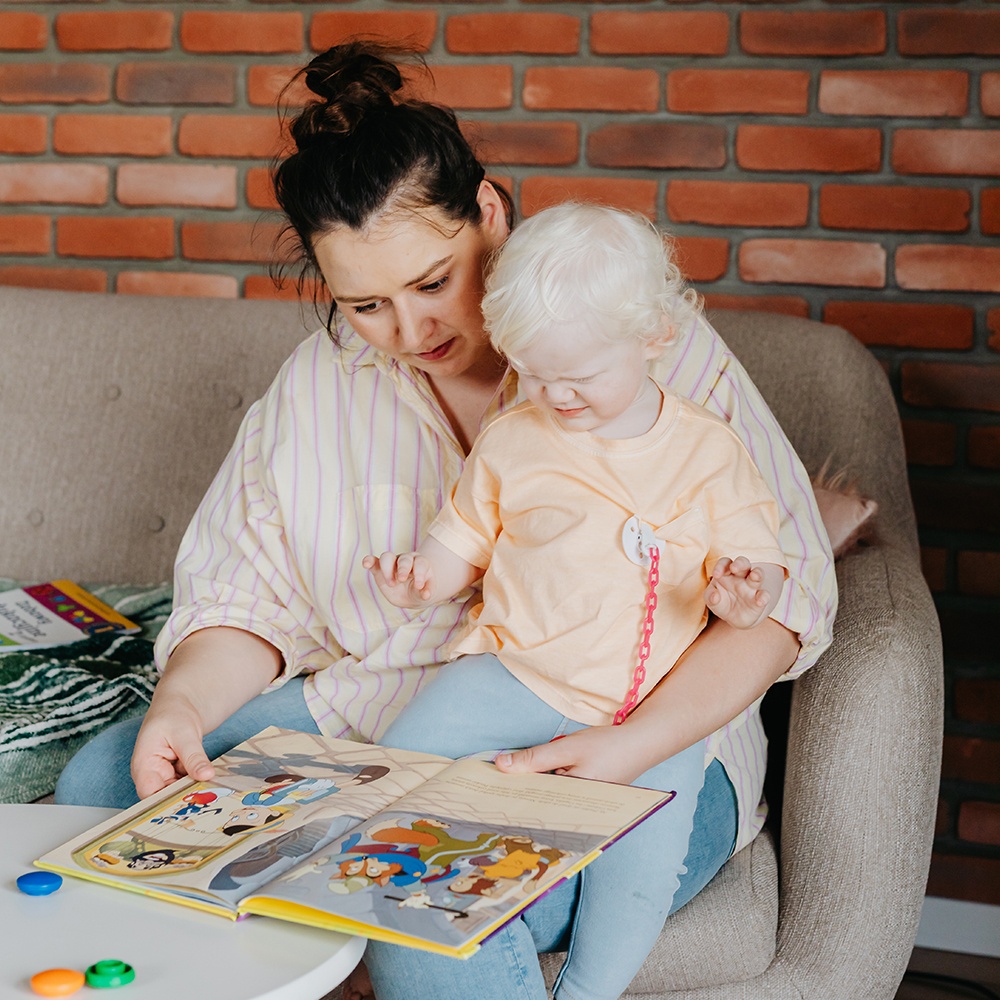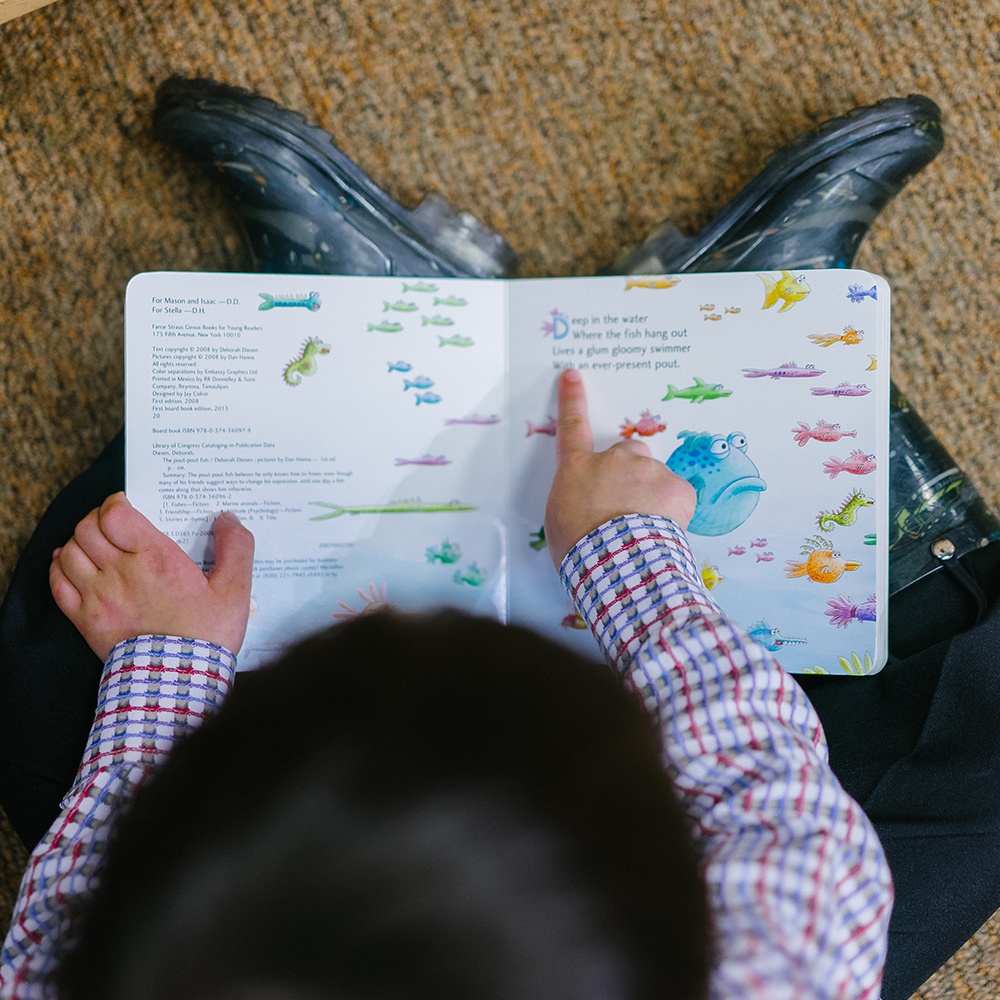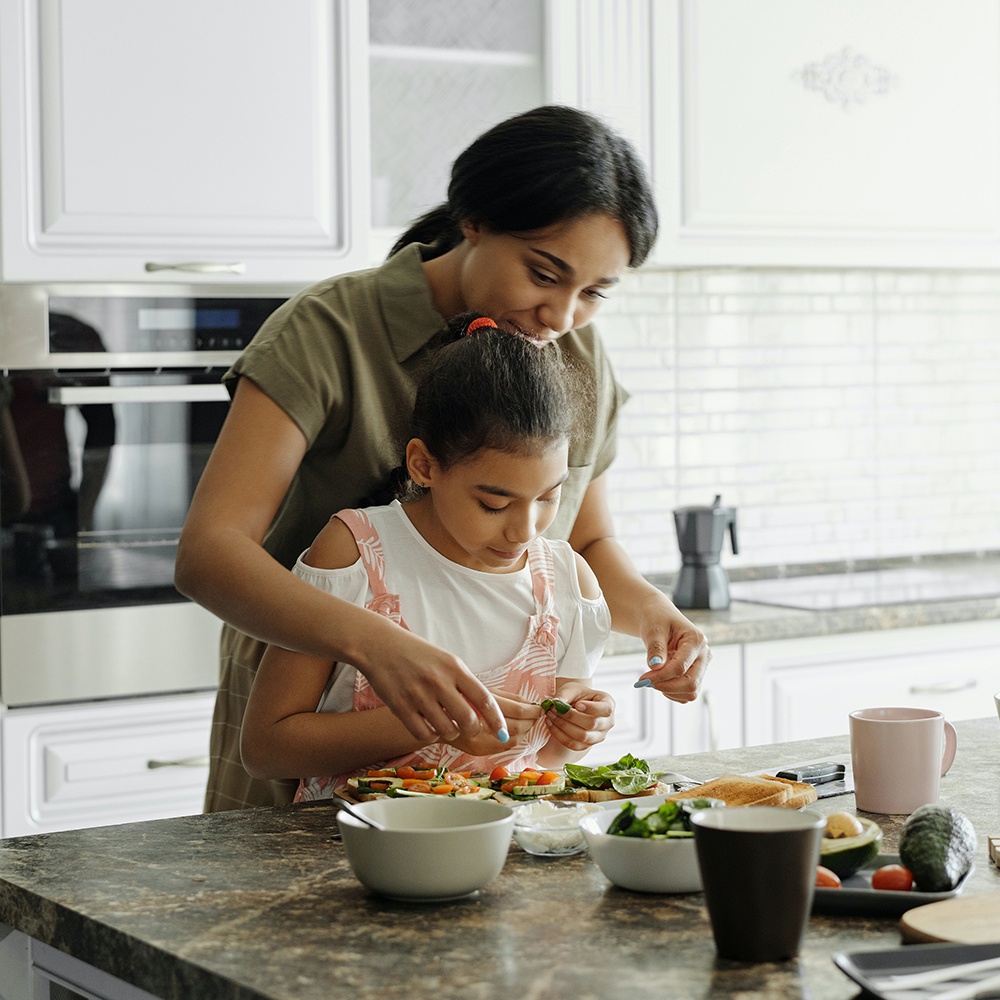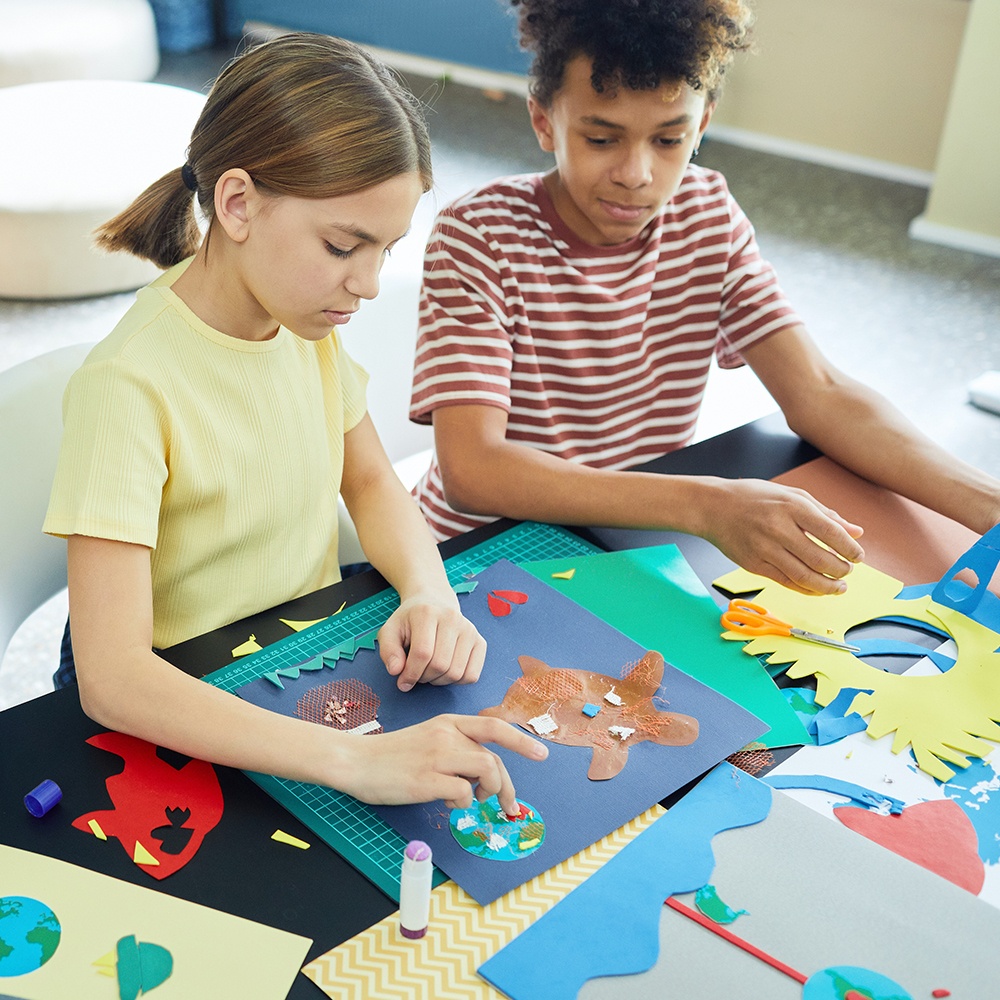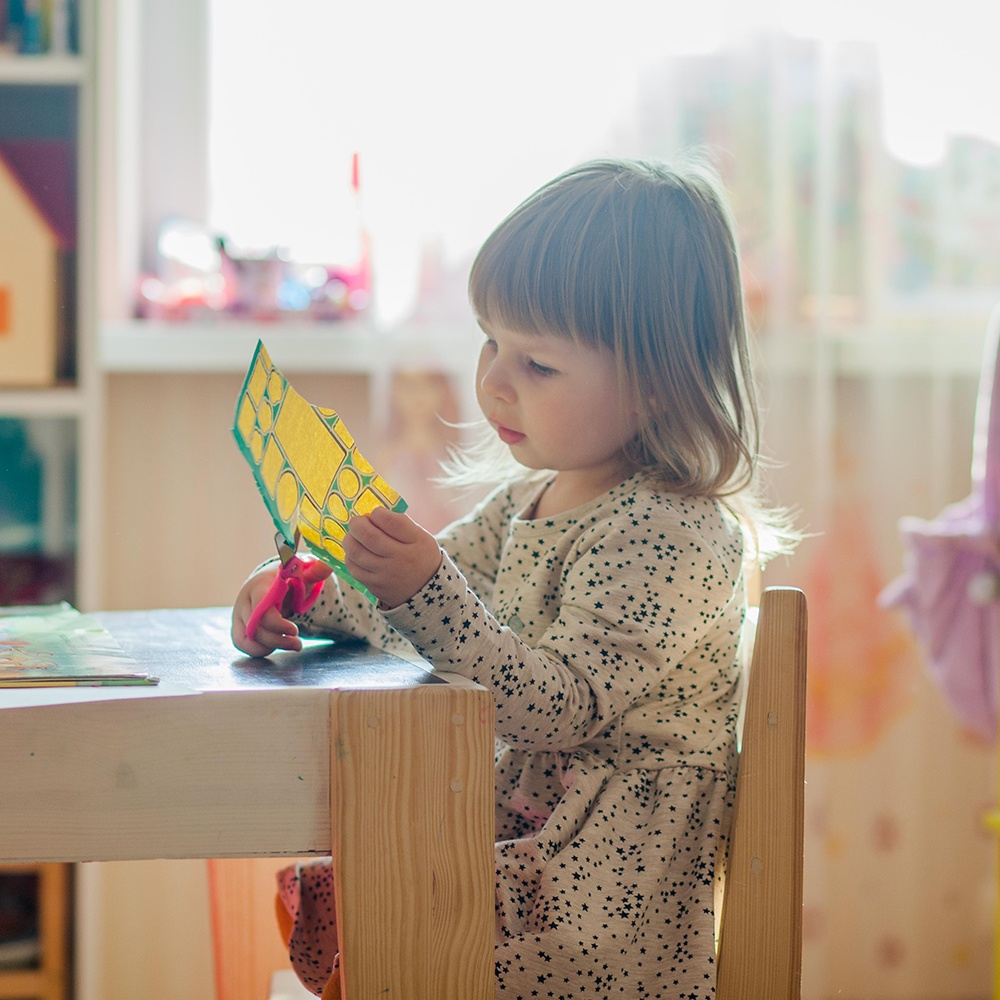It takes a village to raise a child. Teaching children through their formative years are as much a job for the teacher as the parents. Thus, there is a need for a mutually beneficial relationship between parents and teachers. A better understanding of parents’ needs will play a key role here.
Parents take great pride in their job.
Though challenging, most parents find child-raising a source of great joy!
Parents need and want information and support.
A majority of parents are willing to improve their parenting skill but do not have the required resources. Teachers should assist in times of stress and provide appropriate support for parents.
It is important to make connections with parents and other caregivers as well.
Parents and caregivers are increasingly becoming more involved in their children’s lives and education, but most do not know where to get credible information. Teachers should work together with all family members in children’s educational activities.
Parents have a difficult time finding resources they can trust.
parents often seek expert guidance and do not trust unverified sources. Teachers are in the position to link parents with relevant science-backed resources like NAEYC’s For Families area. Online resources are a great favorite with parents and they often search for blogs and articles by experts.
What do parents want to know?
Parents want to stay up-to-date on current child development research. They also want to learn about developmental milestones, so they know age-appropriate activities, behaviors, and attitudes. Most importantly, they want to learn to be more patient with their children and to discipline them more effectively.
Teachers should create an environment of trust by communicating better with parents. They should support parents with relevant resources they need. Finally, they should involve parents in school activities whenever possible.














